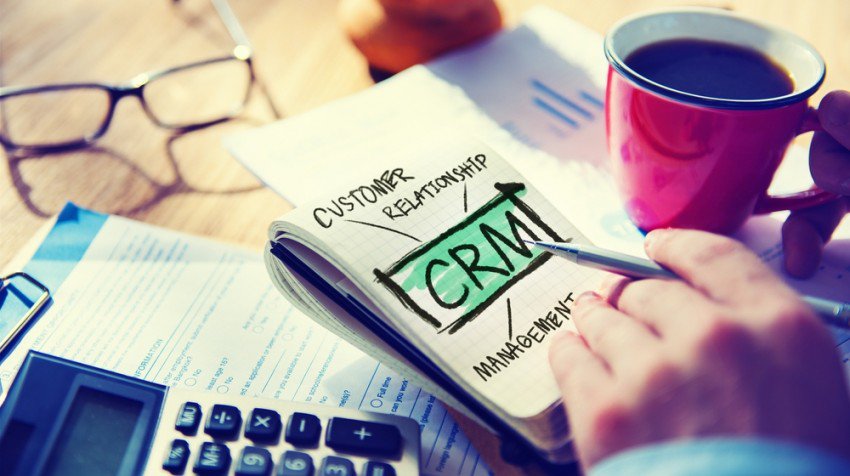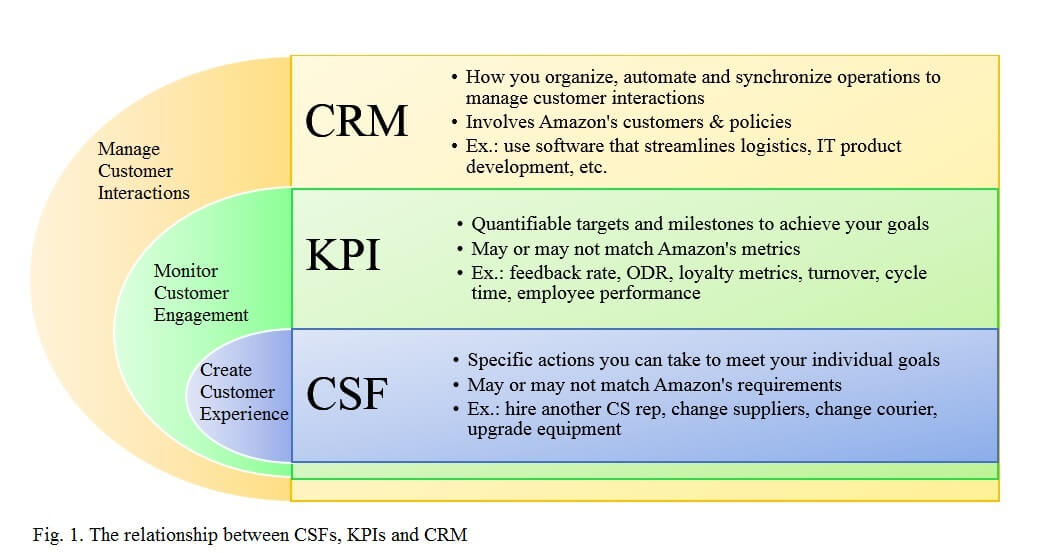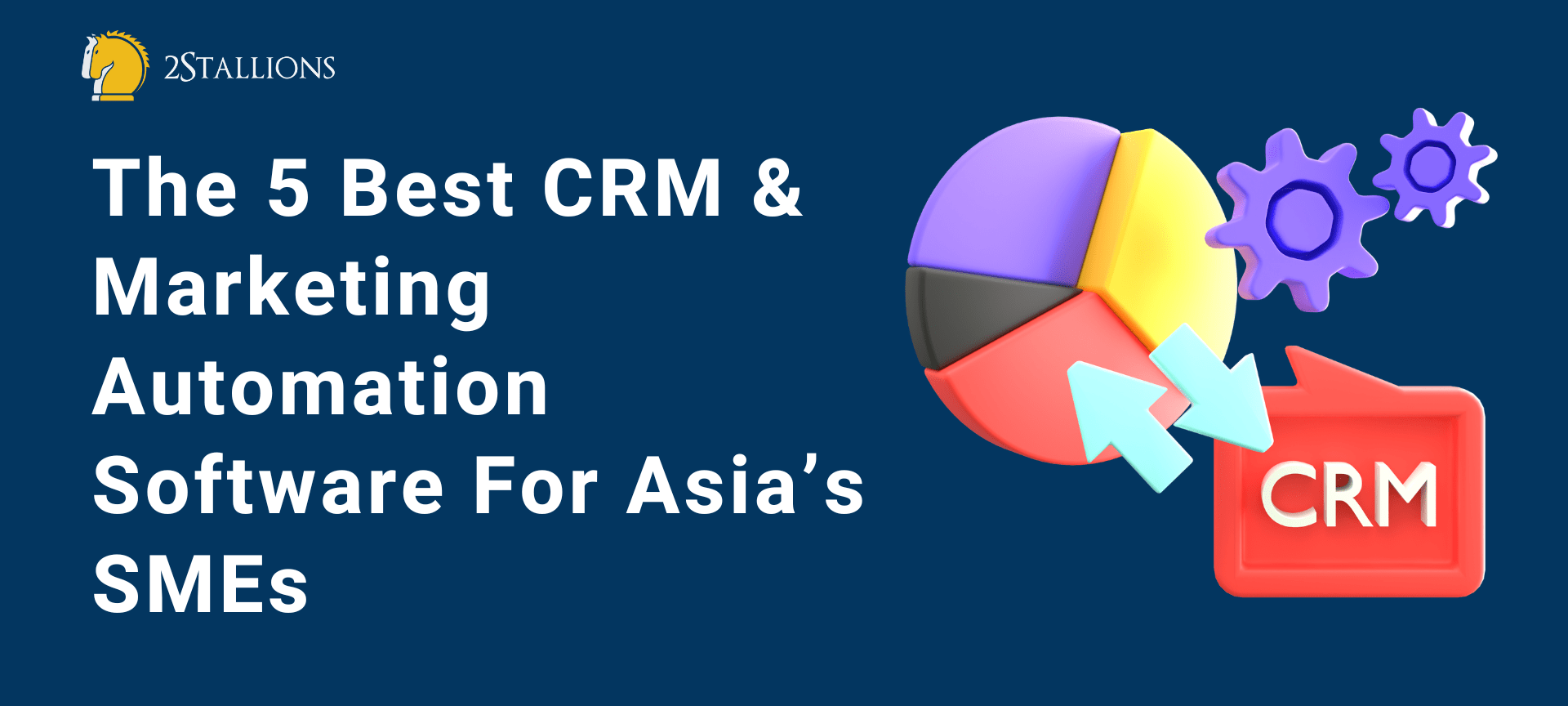
Introduction: Why CRM Marketing is Your Secret Weapon
In today’s hyper-competitive business landscape, simply having a great product or service isn’t enough. You need to understand your customers, anticipate their needs, and build lasting relationships. That’s where CRM marketing comes in. Customer Relationship Management (CRM) isn’t just a buzzword; it’s a philosophy, a strategy, and a set of tools that can revolutionize how you interact with your audience. This article delves into the best practices for CRM marketing, providing you with a roadmap to transform your business and achieve sustainable growth.
CRM marketing is all about leveraging customer data to create personalized experiences, improve customer satisfaction, and drive revenue. It’s about moving beyond generic marketing campaigns and crafting targeted messages that resonate with individual customers. By implementing these best practices, you can create a loyal customer base, increase sales, and gain a significant competitive advantage.
Chapter 1: Laying the Foundation – Choosing the Right CRM System
The first step towards CRM marketing success is selecting the right CRM system. This is not a decision to be taken lightly, as the system you choose will be the backbone of your marketing efforts. There are countless CRM platforms available, each with its own strengths and weaknesses. The key is to find one that aligns with your specific business needs and goals.
1.1 Assessing Your Needs
Before diving into the features of different CRM systems, take a step back and assess your needs. What are your primary goals for implementing CRM? Are you looking to improve lead generation, streamline sales processes, enhance customer service, or all of the above? Consider the size of your business, the complexity of your sales cycle, and the number of users who will be accessing the system. Make a list of your must-have features and nice-to-have features. This will help you narrow down your options.
1.2 Key Features to Look For
When evaluating CRM systems, look for these essential features:
- Contact Management: The ability to store and organize customer information, including contact details, interactions, and purchase history.
- Lead Management: Tools for tracking leads, nurturing them through the sales funnel, and assigning them to sales representatives.
- Sales Automation: Features for automating sales tasks, such as email follow-ups, appointment scheduling, and quote generation.
- Marketing Automation: Capabilities for creating and managing automated marketing campaigns, such as email blasts, drip campaigns, and social media posting.
- Reporting and Analytics: Robust reporting tools to track key performance indicators (KPIs), such as lead conversion rates, sales revenue, and customer satisfaction.
- Integration: The ability to integrate with other business systems, such as your website, email marketing platform, and accounting software.
- Mobile Accessibility: Access to the CRM system on mobile devices, allowing your team to stay connected and productive on the go.
1.3 Popular CRM Systems
Some of the most popular CRM systems include:
- Salesforce: A leading CRM platform with a wide range of features and integrations, suitable for businesses of all sizes.
- HubSpot CRM: A free CRM system with powerful marketing, sales, and service tools, ideal for small and medium-sized businesses.
- Zoho CRM: A comprehensive CRM platform with affordable pricing and a user-friendly interface.
- Microsoft Dynamics 365: A suite of CRM and ERP applications that integrates seamlessly with other Microsoft products.
- Pipedrive: A sales-focused CRM system designed for small businesses and startups.
Research these and other platforms, compare their features, and read reviews from other users to make an informed decision.
Chapter 2: Data is King – Mastering Customer Data Management
Once you’ve chosen your CRM system, the next crucial step is to master customer data management. Your CRM system is only as good as the data it contains. Accurate, complete, and up-to-date data is essential for effective CRM marketing.
2.1 Data Collection Strategies
There are several ways to collect customer data:
- Website Forms: Capture leads and gather information through contact forms, lead magnets, and newsletter sign-ups.
- Email Marketing: Track email opens, clicks, and conversions to understand customer engagement.
- Social Media: Monitor social media interactions and gather insights into customer preferences and behaviors.
- Customer Surveys: Collect feedback and gather data on customer satisfaction, needs, and preferences.
- Sales Interactions: Record all interactions with customers, including phone calls, emails, and meetings.
- Purchase History: Track customer purchases to understand buying patterns and preferences.
2.2 Data Segmentation and Profiling
Once you’ve collected customer data, the next step is to segment your audience and create customer profiles. Segmentation involves dividing your customers into groups based on shared characteristics, such as demographics, interests, purchase history, and behavior. Customer profiling involves creating detailed profiles of your ideal customers, including their needs, pain points, and motivations. This information will help you tailor your marketing messages and personalize your interactions.
2.3 Data Hygiene and Maintenance
Data hygiene is critical for maintaining the accuracy and reliability of your CRM data. Regularly clean and update your data to remove duplicates, correct errors, and ensure that all information is current. Implement data validation rules to prevent errors from entering the system. Consider using data enrichment services to supplement your data with additional information, such as company size, industry, and revenue.
Chapter 3: Crafting Compelling Marketing Campaigns
With a solid CRM foundation and well-managed customer data, you’re ready to create compelling marketing campaigns. The key is to move beyond generic, one-size-fits-all messages and craft personalized experiences that resonate with individual customers.
3.1 Personalized Email Marketing
Email marketing is a powerful tool for CRM marketing. Use your CRM data to personalize your email messages, tailoring the content to each customer’s interests, needs, and purchase history. Segment your email list based on customer characteristics and send targeted emails that provide relevant information and offers. Use email automation to send triggered emails, such as welcome emails, abandoned cart emails, and birthday emails. Monitor your email open rates, click-through rates, and conversion rates to optimize your campaigns.
3.2 Targeted Social Media Marketing
Use your CRM data to target your social media advertising campaigns. Create custom audiences based on your CRM data, such as customer segments, email lists, and website visitors. Tailor your social media content to the interests and preferences of each segment. Use social media analytics to track your performance and optimize your campaigns.
3.3 Content Personalization
Personalize the content on your website and landing pages based on your CRM data. Display different content to different customer segments, such as personalized product recommendations, targeted offers, and relevant blog posts. Use dynamic content to change the content on your website based on the customer’s behavior and preferences. This is crucial for creating a user experience that feels tailored and valuable.
3.4 Multi-Channel Marketing
Integrate your marketing efforts across multiple channels, including email, social media, website, and phone. Use your CRM system to track customer interactions across all channels and create a unified view of each customer’s journey. This will help you deliver consistent messaging and provide a seamless customer experience.
Chapter 4: Nurturing Leads and Building Relationships
CRM marketing isn’t just about acquiring new customers; it’s also about nurturing leads and building lasting relationships with existing customers.
4.1 Lead Nurturing Strategies
Lead nurturing involves guiding potential customers through the sales funnel, providing them with relevant information and offers at each stage. Use your CRM system to track lead activity, such as website visits, email opens, and content downloads. Create automated lead nurturing campaigns that send targeted emails and offers based on lead behavior. Segment your leads based on their interests and needs, and tailor your nurturing content accordingly.
4.2 Customer Loyalty Programs
Reward your loyal customers with exclusive offers, discounts, and other perks. Create a customer loyalty program that incentivizes repeat purchases and encourages customer engagement. Use your CRM system to track customer loyalty points, manage rewards, and personalize communication based on loyalty status.
4.3 Proactive Customer Service
Provide excellent customer service to build customer loyalty and advocacy. Use your CRM system to track customer service interactions, resolve issues quickly, and provide personalized support. Proactively reach out to customers to address their needs and offer assistance. Train your customer service team to be empathetic, responsive, and knowledgeable.
4.4 Feedback and Reviews
Encourage customers to provide feedback and reviews. Use your CRM system to track customer feedback and identify areas for improvement. Respond to customer reviews and address any concerns promptly. Use customer reviews to build social proof and attract new customers.
Chapter 5: Measuring and Optimizing Your CRM Marketing Efforts
To ensure the success of your CRM marketing efforts, it’s essential to measure your results and continuously optimize your campaigns.
5.1 Key Performance Indicators (KPIs)
Track the following KPIs to measure the effectiveness of your CRM marketing campaigns:
- Lead Conversion Rate: The percentage of leads who convert into customers.
- Customer Acquisition Cost (CAC): The cost of acquiring a new customer.
- Customer Lifetime Value (CLTV): The predicted revenue a customer will generate over their lifetime.
- Customer Retention Rate: The percentage of customers who remain customers over a given period.
- Customer Satisfaction Score (CSAT): A measure of customer satisfaction.
- Net Promoter Score (NPS): A measure of customer loyalty and advocacy.
- Return on Investment (ROI): The profitability of your CRM marketing campaigns.
5.2 Reporting and Analytics
Use your CRM system’s reporting and analytics tools to track your KPIs and gain insights into your marketing performance. Create dashboards that visualize your key metrics and track your progress over time. Analyze your data to identify trends, patterns, and areas for improvement. Use this information to optimize your campaigns and improve your results.
5.3 A/B Testing
Conduct A/B tests to optimize your marketing campaigns. Test different variations of your email subject lines, email content, landing pages, and calls to action. Analyze the results of your tests to identify the most effective strategies. Use the insights you gain to continuously improve your campaigns.
5.4 Continuous Improvement
CRM marketing is an ongoing process. Continuously monitor your results, analyze your data, and optimize your campaigns. Stay up-to-date on the latest CRM marketing trends and best practices. Adapt your strategies as needed to ensure that you’re maximizing your results.
Chapter 6: Common Pitfalls to Avoid
Even with the best intentions, CRM marketing can sometimes fall short. Here are some common pitfalls to avoid:
- Poor Data Quality: As mentioned earlier, inaccurate or incomplete data can derail your efforts. Always prioritize data hygiene.
- Lack of Integration: Failing to integrate your CRM with other systems can lead to data silos and inefficiencies.
- Ignoring Customer Feedback: Not listening to customer feedback is a missed opportunity for improvement.
- Over-Personalization: While personalization is key, avoid being overly intrusive.
- Focusing on Technology Over Strategy: The technology is a tool, not the goal. Always prioritize your marketing strategy.
- Insufficient Training: Ensure your team is adequately trained on how to use the CRM system.
- Lack of Executive Buy-in: Without support from leadership, CRM initiatives are likely to fail.
Conclusion: The Path to CRM Marketing Success
CRM marketing is a powerful strategy for driving business growth. By following these best practices, you can build a loyal customer base, increase sales, and gain a significant competitive advantage. Remember to choose the right CRM system, master customer data management, craft compelling marketing campaigns, nurture leads, measure your results, and continuously optimize your efforts. By avoiding the common pitfalls and staying focused on your customers, you can unlock the full potential of CRM marketing and achieve lasting success.
Embrace the journey, stay adaptable, and always put your customers first. The rewards of a well-executed CRM marketing strategy are well worth the effort. Good luck, and happy marketing!




